In the beginning
Growing up in suburban South London in the late fifties and sixties, foreign cars were still a very rare sight on the roads. I knew they existed because my father took my brother and me to the Motor Show in Earls Court every year. There, we saw them in the metal. The rest of the time, my well-thumbed Observer’s Book of Automobiles was as close as I ever got to interesting cars.
I was brought up on a streetscape of stodgy Austins, Fords, Hillmans, Vauxhalls, Sunbeams, Rovers, and Daimler’s. Most British cars were not exactly the sort of thing to set a young man’s heart racing. Only the sight of a lone Saab 96 2-stroke owned by that mysterious “East European” man from up the road caught my attention. Of course, I was fully aware that Britain produced some world class cars, from the Mini to numerous Jaguars. But secretly, I lusted after something ‘Continental.’ Fortunately, some real bargain European cars were available on the secondhand market. They became my target.
Seventeen, at last!
My world completely changed when I became 17 and attained my driving license shortly afterward. Generously, my father offered to help me pay for my first car as long as I bought “something sensible.” At my age, the word ‘commonsense’ hadn’t entered my vocabulary. The car of my dreams was something I couldn’t afford to insure, let alone own.
For example, I recall trying to persuade him to look over countless ridiculous heaps, like the abandoned Porsche 356B I found in a dingy North London backstreet. I could only see a beautifully restored gem, while my dad observed that it was hand-painted yellow, had serious rust issues everywhere and had been dumped for many very good reasons. “About the only parts not rusty are the bald Michelin X tyres,” he said. Not impressed then Dad? We moved on.
A French ‘hemi’ enters my life
My father heard about an old Peugeot for sale from a friend, which sounded interesting. A 1958 Peugeot 403, with Pininfarina – designed body, successful rally reputation and an advanced hemi-head motor sometimes seen in Formula Junior cars. All the credentials sounded promising…
…then, a few days later, we found ourselves outside a very posh-looking house in Surrey. In the gravel drive sat a very formal-looking four-door saloon with a spacious interior, large boot, no rust and about as much sex appeal as a bowler hat. Alas, it had Dad’s seal of approval. It didn’t set my pulse racing, but at least it was French and Dad was paying for it.
Tuned by Hoover
We took it home and immediately ‘tuned’ the motor by removing the incredibly heavy standard fan, replacing it with an electric fan, filched from a ‘Hoovermatic’ washing machine, not my mother’s – I think! After this simple modification, the engine felt like it had been set free, revving more vigorously than before and the power output probably went from 65 bhp to about 70bhp or so. It felt like an extra 20 horsepower to me, even if the ‘new’ fan didn’t quite cope with hot days when cooling was a bit marginal.
A true life-saver
Nevertheless, yet my old Peugeot stopped and started and, took me all over the British Isles reliably. More importantly, despite my lunatic driving, it never took me through a hedge backward, however hard I tried. This had a lot more to do with the 403’s inherently safe handling characteristics than my dubious teenage driving skills. Sadly, it all came to a nasty end when a Ford Cortina drove across my path without warning. I was driving on a dual carriageway at about 70 mph, on return from a holiday with my (first) girlfriend. Fortunately, seatbelts and the tough, old, monocoque body prevented any serious injury. However, the poor 403 which was forced into road sign upon impact with the Cortina, which then pile-drove up the bonnet and stopped just before the windscreen.
My enthusiasm for motorsport ensured I was very aware of the benefits of wearing a seat belt from an early age. This was a time when most motorists didn’t think they were worth the bother. Without a doubt, wearing seat belts that day saved the lives of both me and my girlfriend.
So long, mon ami
I was surprisingly sad about the loss of the Gallic charmer. So was my dad, who had been seriously impressed by how well it drove. The excellent, long travel suspension and Peugeot – made dampers gave it excellent ride and handling and it had proved a lot more reliable than his Austin 1800 – not difficult. Not a bad old thing, but two seized transmissions rather took the gloss off his 1800 ownership experience. After my 403 had gone to Peugeot heaven in the sky, Dad began to look at the latest offerings from the Continent and pretty soon a brand new, fuel-injected Peugeot 504 sat on the family driveway. After a lifetime of claiming he was an ‘Austin’ man, he suddenly became a foreign car owner. As this was pre – Common Market, such an act was seen as being unpatriotic among the motorists of middle – Britain at the time.
Eurochic – on a budget
My exotic taste in cars has never wavered and I knew even then that most British-made cars were a bit too mainstream for me. With scant acknowledgment of my limited means, I was determined to discover the apparent technical sophistication and style of ‘Continental’ cars.
After the Peugeot, I owned a succession of European cars. This phase began with a Renault R16 hatchback that was subsidised by Dad once again. We agreed he could use it when he needed to carry bulky loads down to my parent’s weekend cottage. Not a bad deal because I got to borrow my Mum’s new Citroen GS when he needed the Renault.
My Lancia phase
When I began to earn more money, my heart’s desire became a Lancia Fulvia Coupe. I was inspired by glowing contemporary magazine road tests, one claiming it was the “world’s best small car.” They also mentioned it was probably the most expensive small car too – in the UK a new 1.3 Fulvia S coupe cost as much as brand new Jaguar E Type at the time. However, when I was shopping for ‘my’ Fulvia in the early 1970’s you could pick up a used example for a fraction of that sum.
I began with a 1.2 coupe, followed by a 1.3 Fulvia Sport Zagato and, later, a rally-inspired 1.6 HF. All were an absolute joy to drive, with willing V4 engine’s, sharp handling and other than a propensity to rust in the damp UK climate, were not too expensive to run. The UK Lancia Motor Club was very enthusiastic back then and their network of specialists could help me find parts at very reasonable prices.
More Lancias
The individuality and jewel-like engineering of the pre-FIAT generation Lancia’s totally captivated me for many years. Along with the Fulvia’s, for the following ten or so years, I went on to own a 1958 Aurelia B20 coupe, a 1961 Flaminia Pininfarina coupe, 1960 Flaminia Sport Zagato, a 1947 Aprilia sedan and a 1973 Lancia Stratos (in order of purchase).
I kept the Stratos for nearly 15 years, even though I moved from the UK to Sydney in 1982. Stuck in storage, it always needed some rectification when I returned on yearly visits to see my parents. So, very reluctantly, I sold it in 1993.
As most readers most know, nearly all my Lancia’s are now worth a small fortune. But, other than the Stratos, the most I paid for any of my cars was about 1500 pounds. Even the Flaminia Sport Zagato cost me just 550 pounds in 1976! Yes, of course, I wished I’d been able to keep them all…
Beyond Lancia’s
Thanks to the generosity of the advertising industry, I was also able to buy more ‘everyday’ wheels besides my indulgent passion for old Lancia’s. There was a Citroen Dyane. A late-model Citroen DS23 Pallas. And, a quite rare 2-door Saab 99 Turbo, the limited-edition homologation ‘special’ model. All were interesting to own in very different ways and, for me, satisfied my desire for non-mainstream motoring.
Post-1982
My move to Australia in 1982 meant adapting to a new life and almost the end of my Lancia ownership years. Other than the Stratos that I left behind in the UK, I continued to flirt with a variety of European cars. I did, however, stray once or twice with US-made vehicles.
A 1958 Porsche 356A Speedster was my first Aussie car purchase. It was followed by a very brief fling with a 1968 Buick Riviera (but that’s another story). This was followed by a 1979 Lamborghini Uracco P300, and a 2000 Alfa Romeo GTV. Oh, and a 1969 Lancia Fulvia Zagato (a brief flirtation with my earlier love), 2002 BMW M3 E46. Finally, a 1993 Porsche 911 Carrera 2 that I still own.
I should also admit to ownership of a few less exciting daily driver’s. These include a Ford Laser Turbo 4WD, BMW 3-series, Jeep Cherokee. There was also a Holden Monaro (2001), Citroen XM, Lexus LS400 and Mercedes C-Class.
I have bought some real duffer’s over the years. Like most petrolhead’s, my heart always rules over my head at car-buying time (as my wife will readily confirm).
Even so, I continue to savour any car with a real point of difference and character.
My rule is “no dull cars”. For the most part, I have steadfastly kept the faith with this self-imposed car purchase restriction with few regrets.

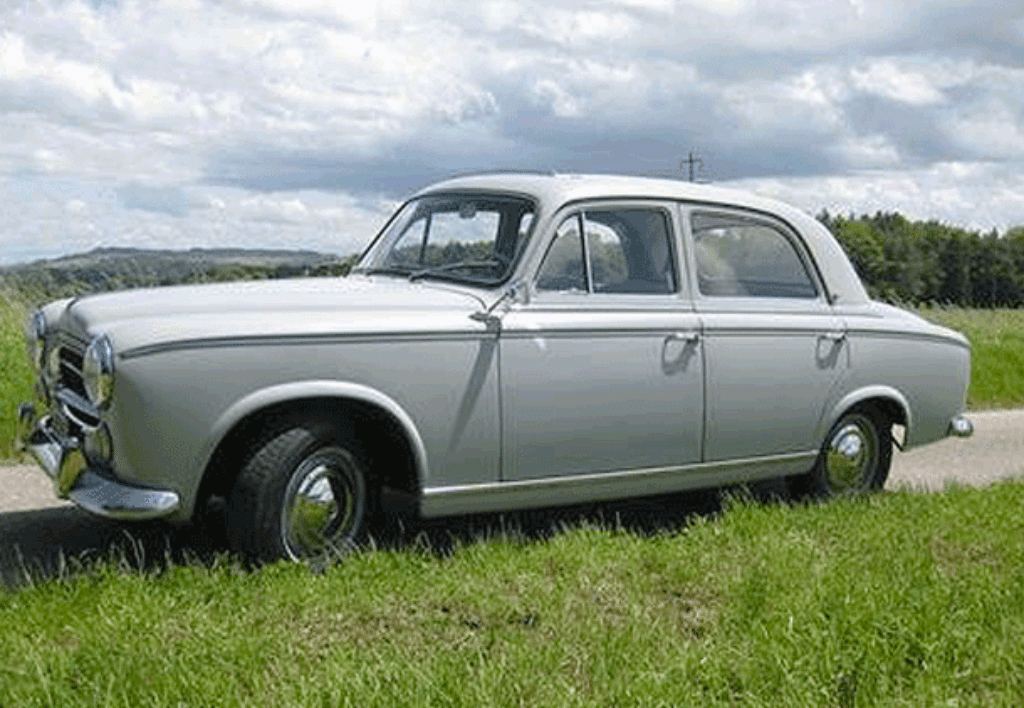
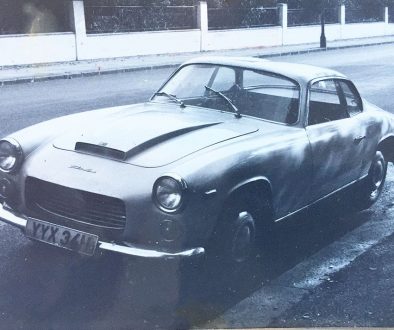
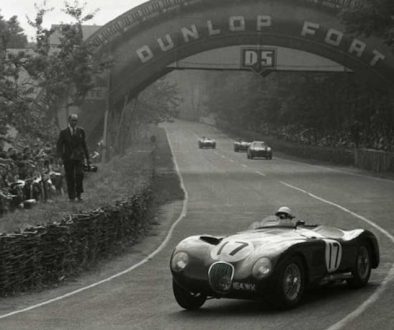
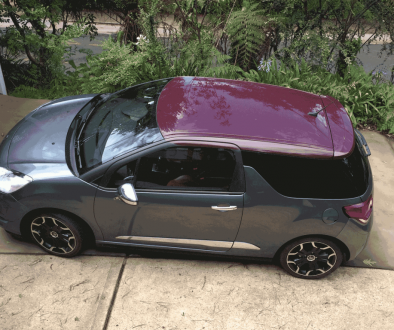

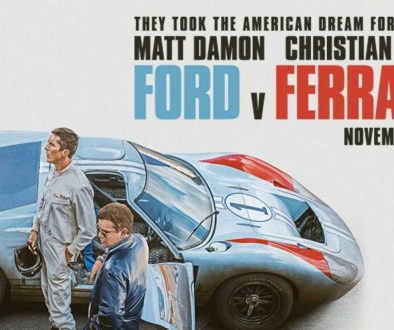
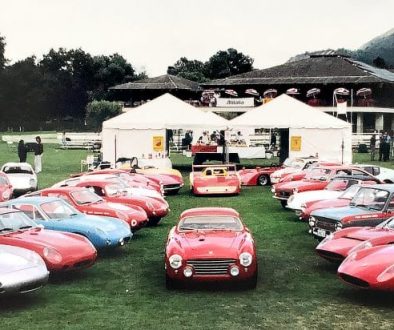
11/04/2018 @ 9:45 am
Very interesting and enjoyable read, you certainly know your cars. Looking forward to more in the future. Cheers.